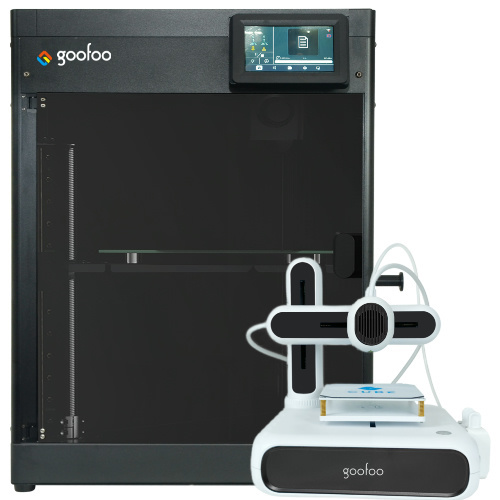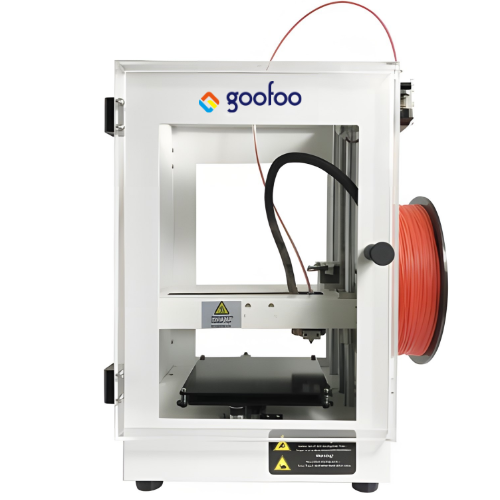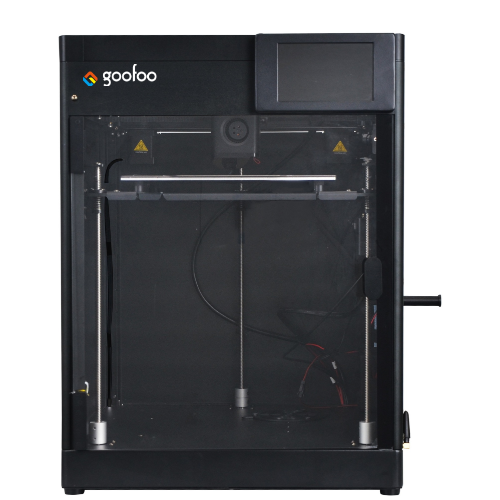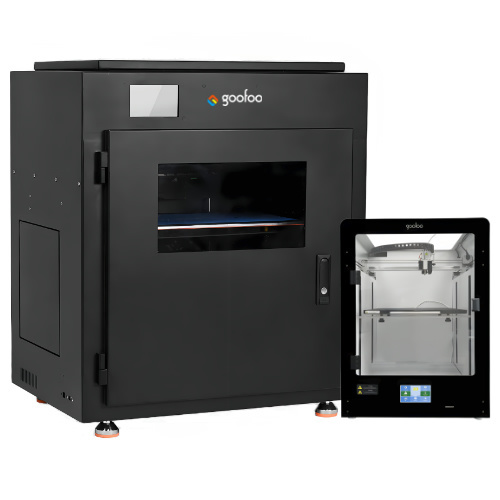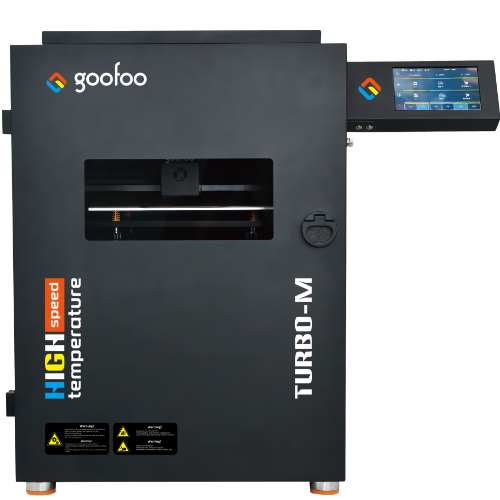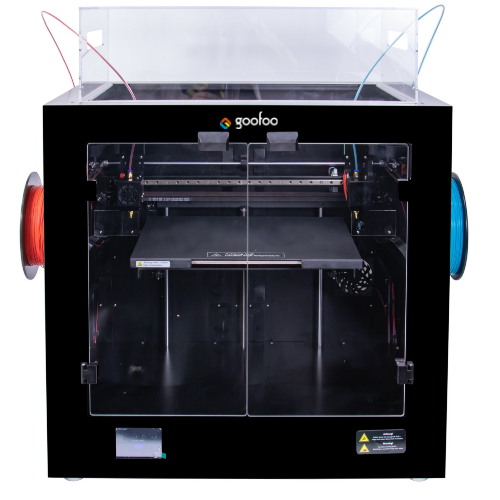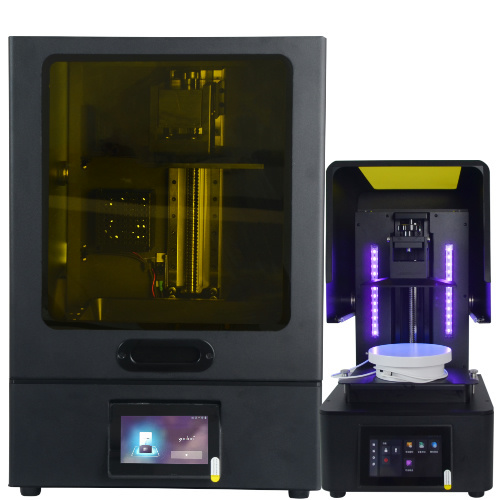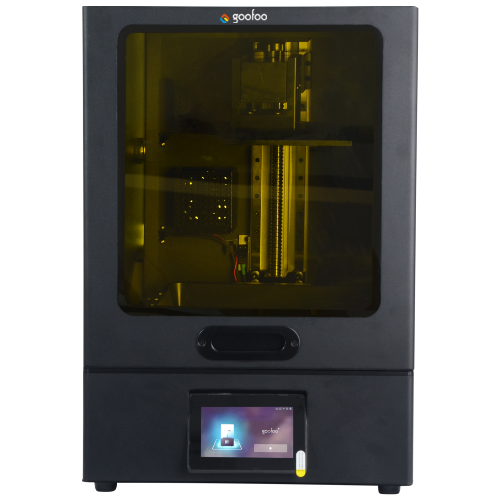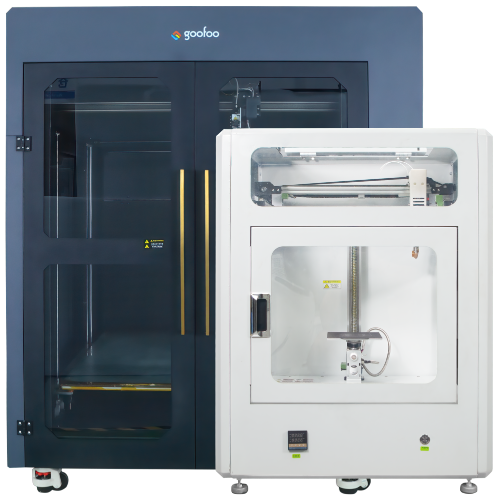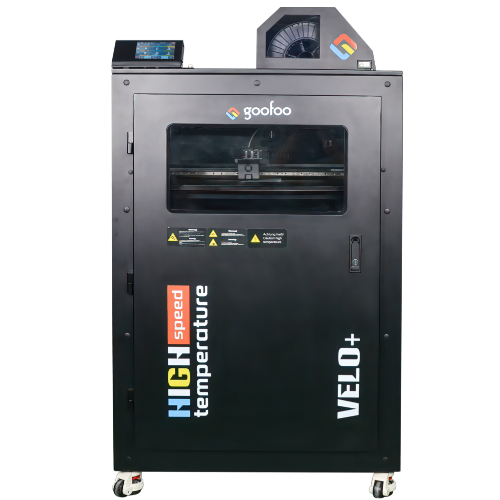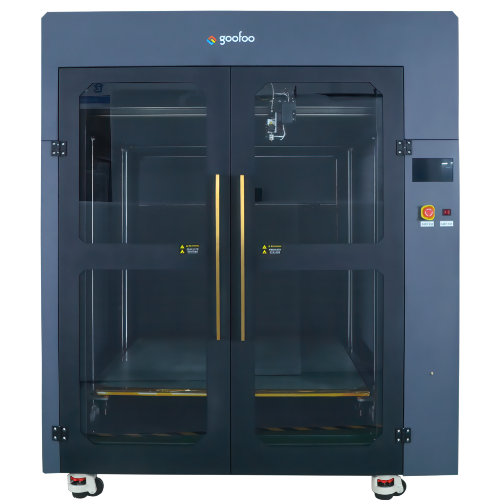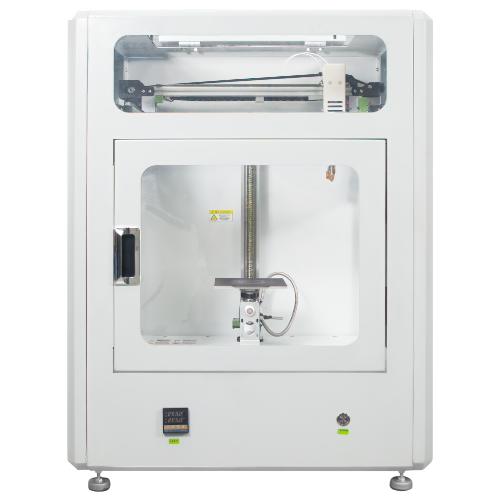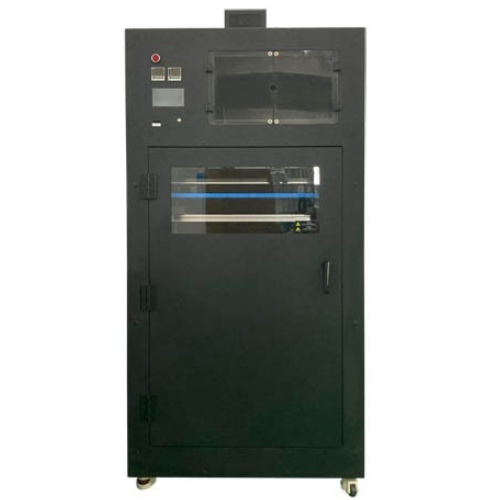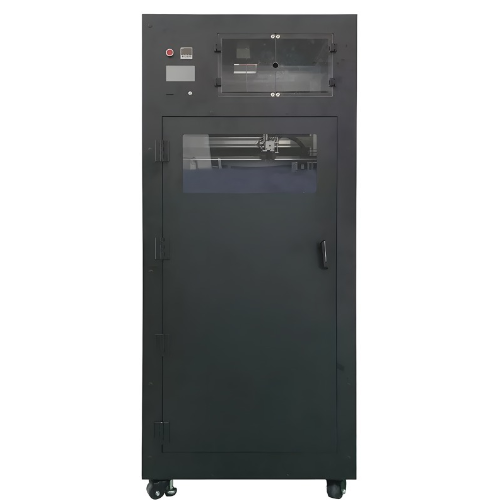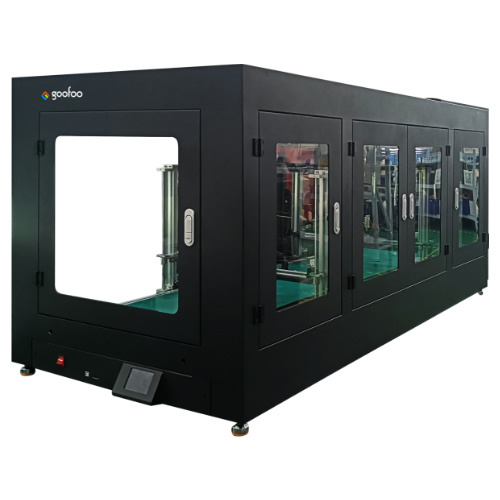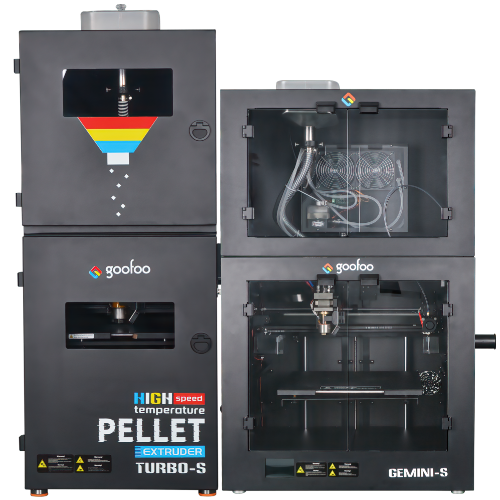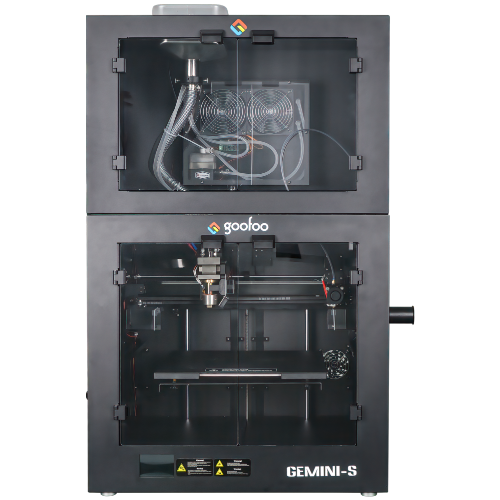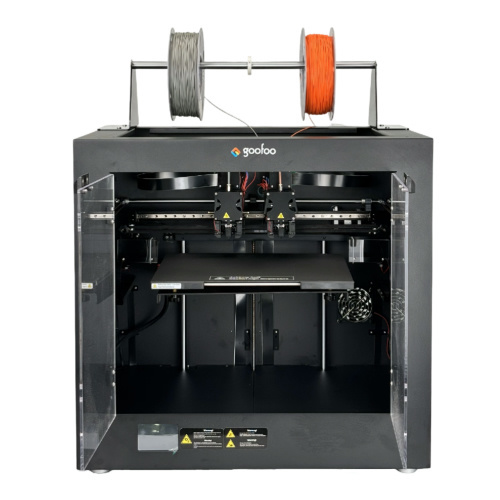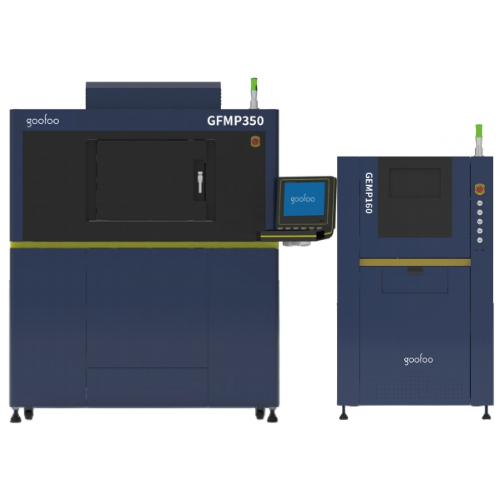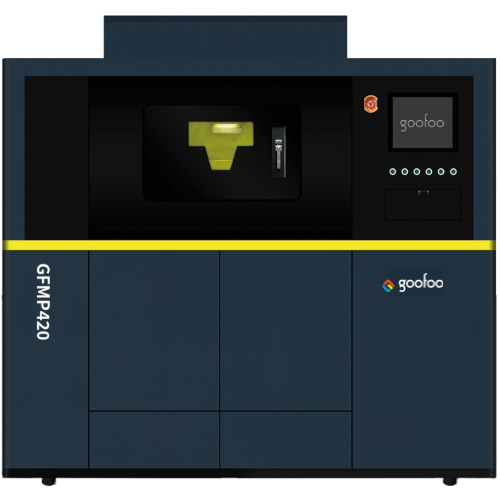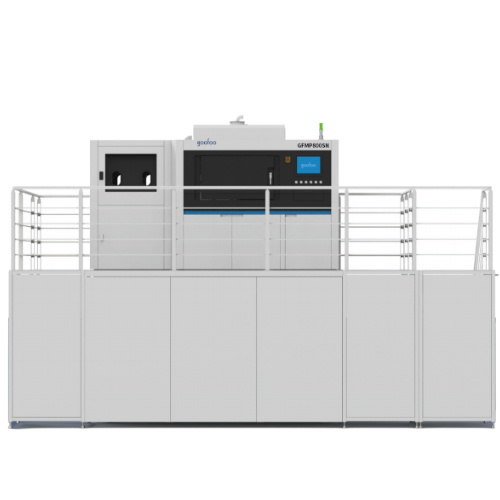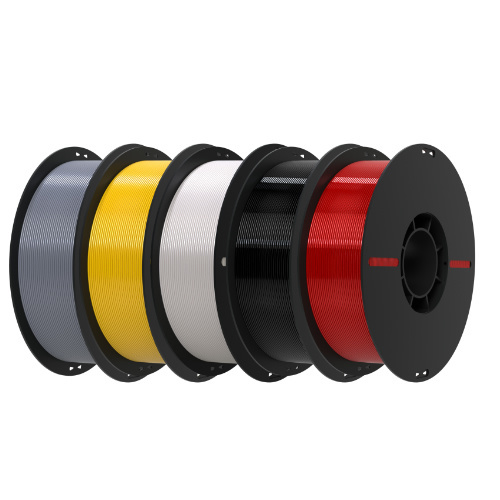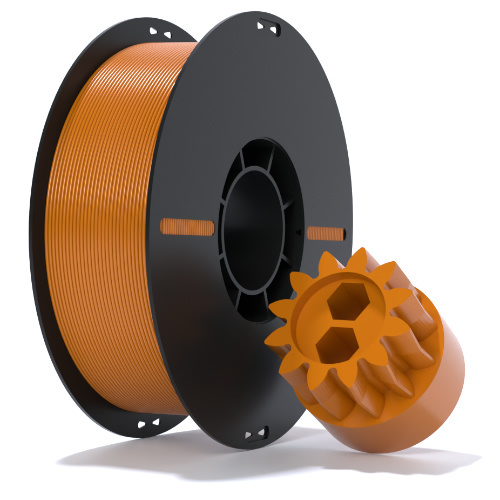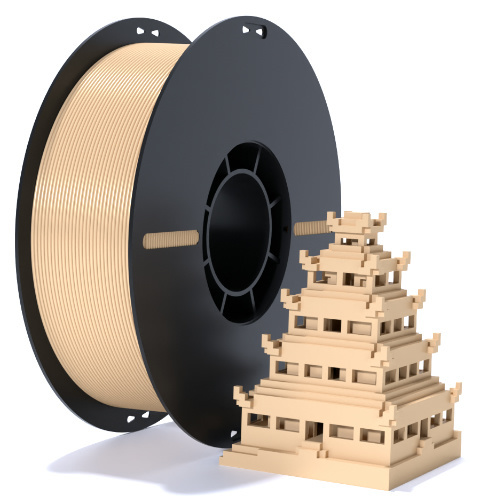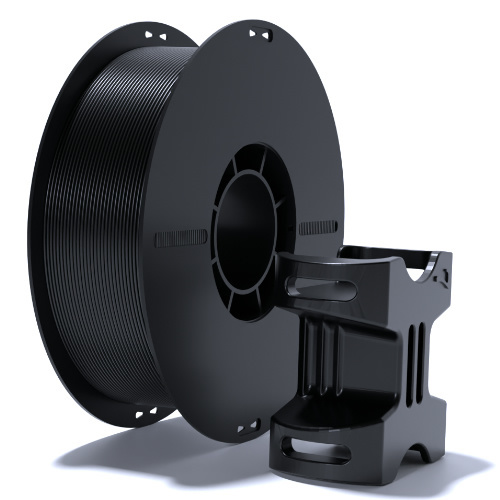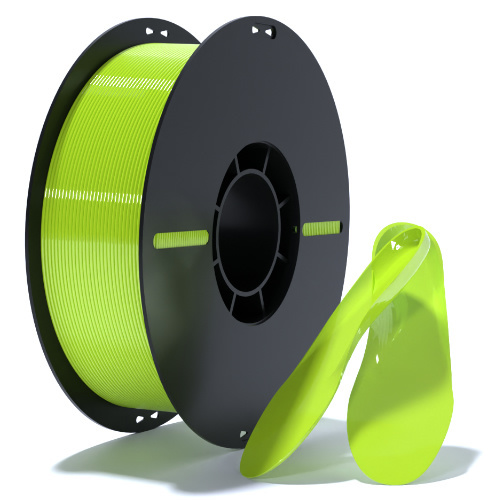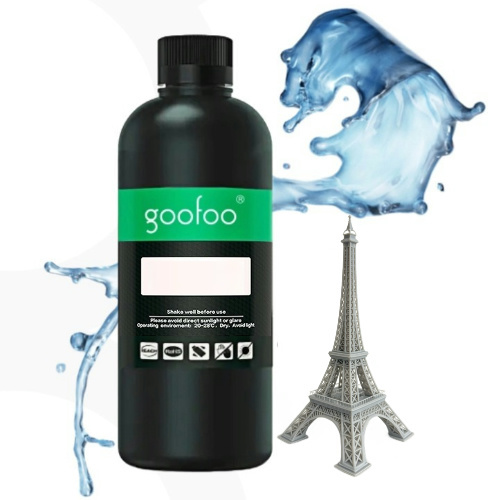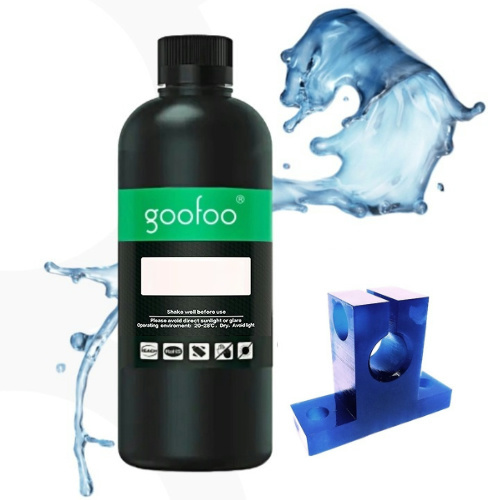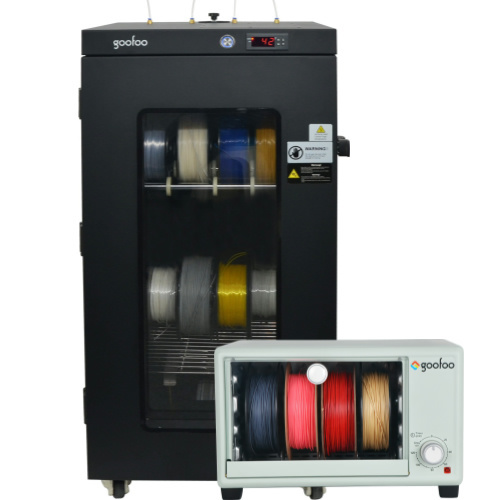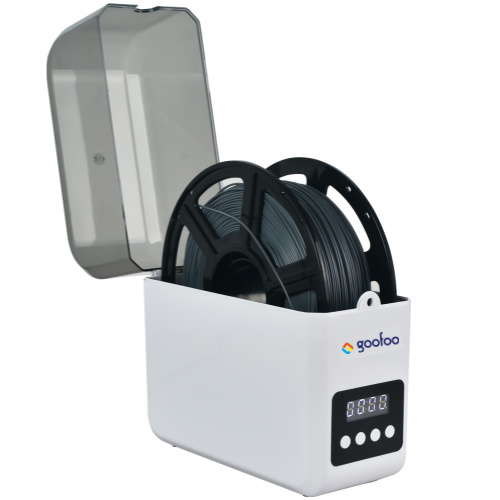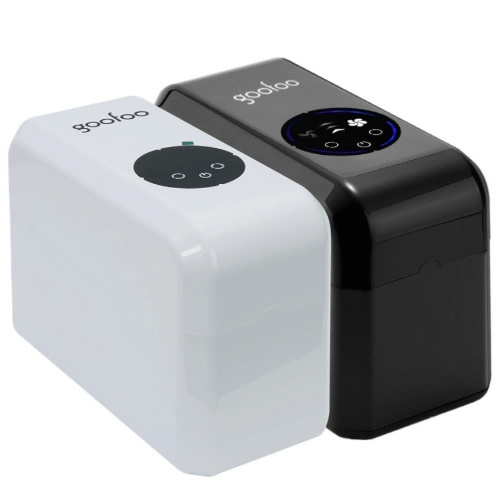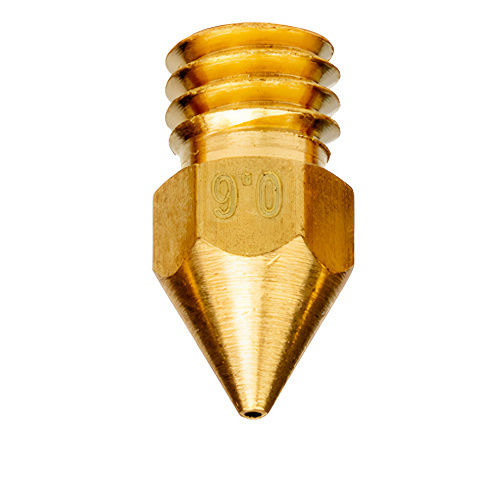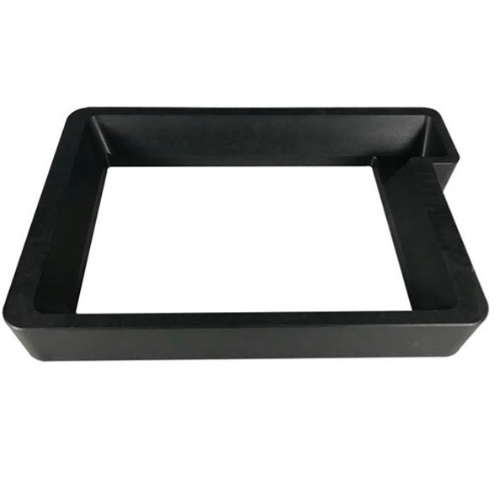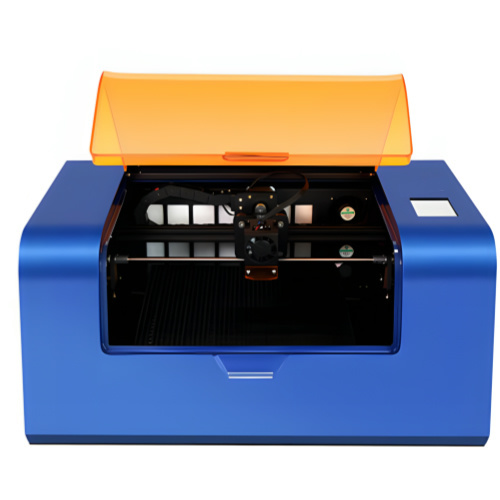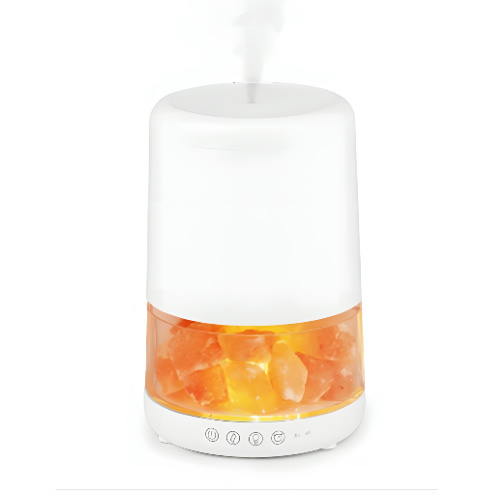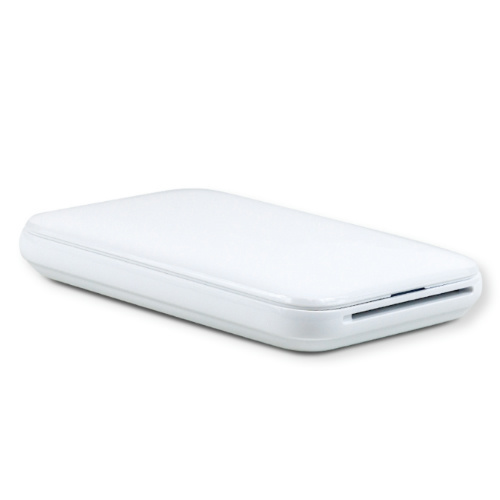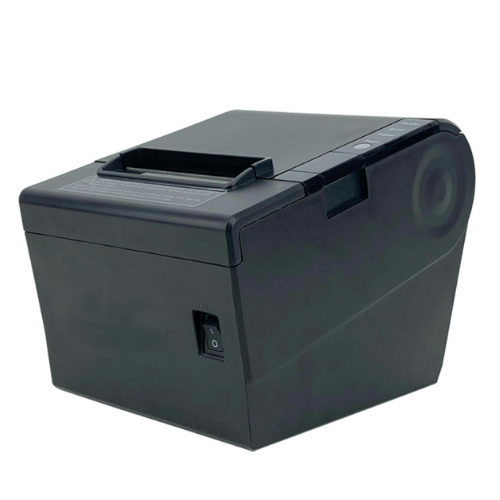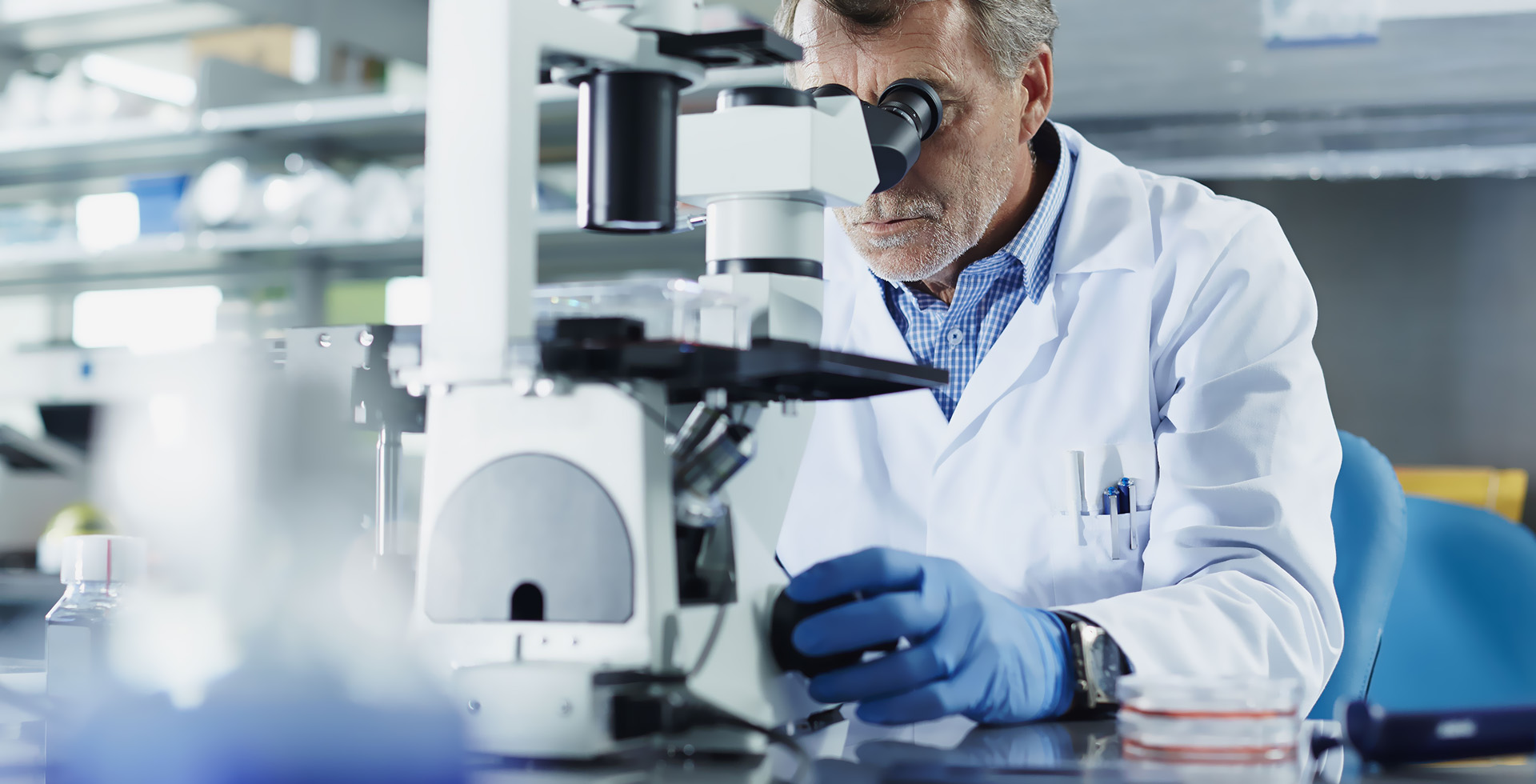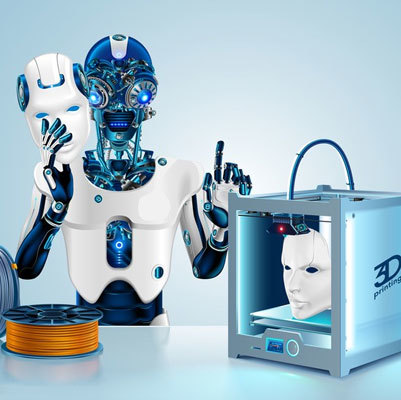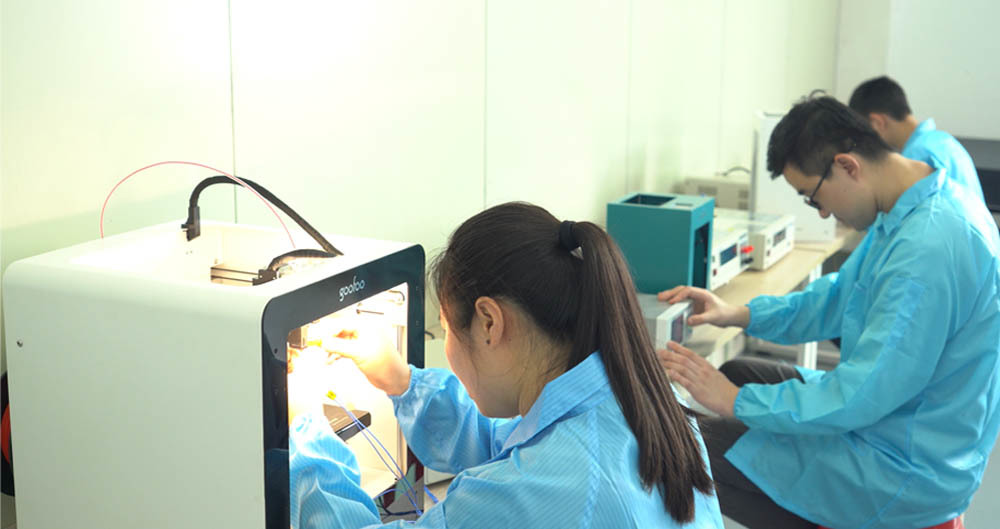All Categories
Understanding SLA 3D Printers: The Future of Precision Printing
2025-06-25 11:20
SLA 3D printers, short for Stereolithography Apparatus, represent one of the most advanced forms of 3D printing technology available today. Unlike traditional FDM printers that utilize filament, SLA printers use a laser to cure liquid resin layer by layer, resulting in highly detailed and smooth finishes. This process is particularly beneficial for industries that require precise prototypes, intricate designs, and high-quality models.
One of the standout features of SLA 3D printers is their ability to produce parts with fine details that are often unattainable with other 3D printing methods. This makes SLA ideal for applications in jewelry making, dental models, and intricate engineering components. The level of accuracy provided by SLA technology ensures that even the most complex geometries can be printed with exceptional fidelity, which is critical for industries where precision is paramount.
In addition to their high detail resolution, SLA printers also offer a variety of resin options that can cater to specific needs. From tough, durable resins suitable for functional testing to flexible materials that can simulate rubber-like properties, the versatility of SLA resins helps designers and engineers innovate without limitations. Furthermore, the post-processing capabilities of SLA printed models allow for additional finishing touches, such as sanding, painting, or coating, enhancing the final appearance and functionality of the printed object.
Another advantage of SLA 3D printers is their rapid prototyping capability. The speed at which these printers can cure resin layers means that complex models can be produced in a fraction of the time compared to traditional manufacturing methods. This rapid turnaround can significantly enhance product development cycles, enabling businesses to bring their ideas to market more quickly.
However, it is essential to consider the maintenance and operational aspects of SLA 3D printers. The use of liquid resin requires careful handling and safety precautions, as the material can be toxic before curing. Additionally, SLA printers generally necessitate a post-curing stage to fully harden the printed parts, which can involve using UV light to achieve the best results. Understanding these processes and implementing safety measures is crucial for anyone looking to dive into SLA printing.
In conclusion, SLA 3D printers offer a powerful solution for those seeking to produce high-quality, precise models across various industries. Their ability to deliver stunning detail and versatility in materials makes them an invaluable tool for designers, engineers, and hobbyists alike. As technology continues to evolve, the applications of SLA 3D printing are only set to expand further, promising exciting possibilities for innovation in the digital landscape.
One of the standout features of SLA 3D printers is their ability to produce parts with fine details that are often unattainable with other 3D printing methods. This makes SLA ideal for applications in jewelry making, dental models, and intricate engineering components. The level of accuracy provided by SLA technology ensures that even the most complex geometries can be printed with exceptional fidelity, which is critical for industries where precision is paramount.
In addition to their high detail resolution, SLA printers also offer a variety of resin options that can cater to specific needs. From tough, durable resins suitable for functional testing to flexible materials that can simulate rubber-like properties, the versatility of SLA resins helps designers and engineers innovate without limitations. Furthermore, the post-processing capabilities of SLA printed models allow for additional finishing touches, such as sanding, painting, or coating, enhancing the final appearance and functionality of the printed object.
Another advantage of SLA 3D printers is their rapid prototyping capability. The speed at which these printers can cure resin layers means that complex models can be produced in a fraction of the time compared to traditional manufacturing methods. This rapid turnaround can significantly enhance product development cycles, enabling businesses to bring their ideas to market more quickly.
However, it is essential to consider the maintenance and operational aspects of SLA 3D printers. The use of liquid resin requires careful handling and safety precautions, as the material can be toxic before curing. Additionally, SLA printers generally necessitate a post-curing stage to fully harden the printed parts, which can involve using UV light to achieve the best results. Understanding these processes and implementing safety measures is crucial for anyone looking to dive into SLA printing.
In conclusion, SLA 3D printers offer a powerful solution for those seeking to produce high-quality, precise models across various industries. Their ability to deliver stunning detail and versatility in materials makes them an invaluable tool for designers, engineers, and hobbyists alike. As technology continues to evolve, the applications of SLA 3D printing are only set to expand further, promising exciting possibilities for innovation in the digital landscape.
sla 3d printer
Recommended News
language
English
العربية
বাংলাদেশ
Български
Hrvatski
Česky
Dansk
Nederland
 Esperanto
Esperanto
Slovenski
Filipino
Suomi
Français
Maori
 Shqiptare
Shqiptare
Georgian
 Euskara
Euskara
Deutsch
Ελλάδα
ישראל
इंडिया
Magyarország
Ísland
Indonesia
Irlanda
Italia
日本語
Sovensko
Հայաստան
한국
Kyrgyz
ປະເທດລາວ
 Zulu
Zulu
Latvian
Lithuanian
Luxembourgish
 Latinus
Latinus
Macedonian
Малайская
Maltese
Монгол улс
 Cymraeg
Cymraeg
ဗမာ
 தமிழ்
தமிழ்
नेपाल
Norge
ایران
Polska
Portugal
România
Российская
Србија
 Slovak
Slovak
Србија
 Slovak
Slovak
Bosanski
Slovenian
Беларус
España
Sverige
Точик
ประเทศไทย
Türk
Azərbaycan
Uzbek
 Afrikaans
Afrikaans
Việt Nam
Skype / WhatsApp: +86 592-5713513 / +86-13860126490
No.88-3, North Tongji Road, Xike County, Tong'an District, Xiamen, Fujian China
Xiamen Goofoo Technology Co., Ltd. All Rights Reserved 闽ICP备2022008070号-1 SEO 300.cn
Phone:+0086 592-5713513
Address: No.88-3, North Tongji Road, Xike County, Tong’an District, Xiamen, Fujian China
Email: sales@goofoo3d.com
We will give you feedback in time

